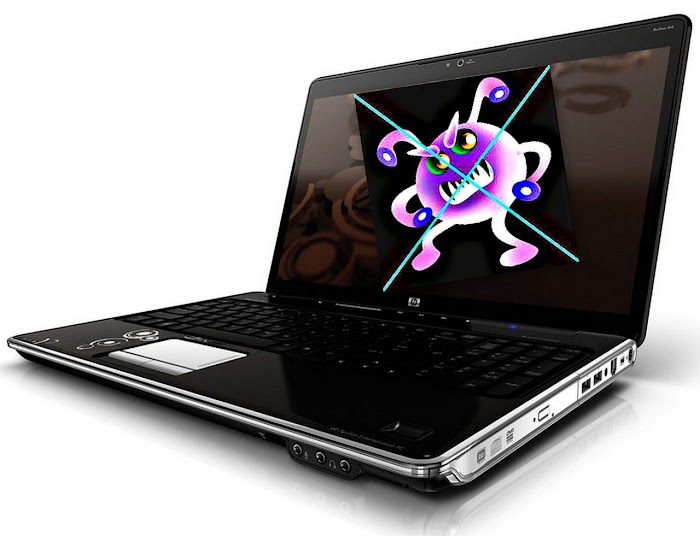
How to remove viruses and malware from the computer
Malware refers to some bad software that can harm a computer. Hackers also use a variety of malware to extract personal information or passwords, steal money or prevent owners from accessing their devices. "Malware" is a general term that refers to reactive or hate software. Among the features that a malware or virus infected PC or laptop provides are slow speed, not working properly, doing strange things etc. In this post we will learn how to get rid of computer viruses and malware.
Computer viruses and malware
Malware includes computer viruses, ransomware, worms, Trojan horses, rootkits, key loggers, dialers, spyware, and more. As a result of these malware attacks, personal data is often lost. Sometimes it goes to someone who could be hurting you. So let's find out how to remove viruses and malware from your computer.
Let us know at the beginning about some harmful viruses and malware-
Trojan Horse
It is a type of malware that pretends to be useful, helpful, or fun, but actually damages or steals information. This malware downloads other malicious malware, such as spyware, adware, etc. to the device.
Worm
It is a type of malware that is capable of copying from one system to another. The malware makes a copy of the device after entering it. It also works like deleting files, inserting other malware into the infected device.
Spyware
This type of malware is difficult to identify. It collects your browsing history, personal information (such as credit card numbers), etc. and supplies this information to third parties, which puts your personal information at risk.
Know about viruses and malware, know their activities. Let's find out how to remove viruses and malware from your computer.
Step 1: Enter Safe Mode
Before doing anything you must disconnect your PC from the Internet and do not use the Internet until you are ready to clean your PC. Because, it helps malware to spread your personal data.
If you think your PC has a malware infection, boot your PC into Microsoft Safe Mode. In this mode, only the minimum required programs and services are loaded. Even if a malware is set to load automatically, entering this mode can protect the PC from them.
Step 2:Delete temporary files
If you want to scan for viruses while in Safe Mode, delete the temporary files before doing so. Doing so will speed up virus scanning, freeing up some disk space. You will even get rid of some malware.
Step 3:Download malware scanners
Now you are ready to let a malware scanner do its job. Fortunately, a standard scanner is enough to remove the infection. If you have an antivirus program on your computer, you should use a different scanner to check for malware.
There are two types of antivirus programs. One of these is the "real-time" antivirus program that runs in the background and constantly monitors for malware. The other is the "on-demand" scanner, which searches for malware infections when you manually open and scan the program.
If you think your computer is infected with malware, you should use an "on-demand" scanner first. Then you need to do a full scan with the "real-time" antivirus program.
Step 4: Run a scan with Malwarebytes
First, download the "Malwarebytes" software. But if you suspect that you are infected with malware, it is best not to access the Internet from your computer. In that case, download Malwarebytes to another computer, take it to your computer and install it.
When scanning Malwarebytes you will see how many files or objects have been scanned and how many of them will be displayed as malware or infected by malware. Once the scan is complete, Malwarebytes will show you the results. Malwarebytes may ask you to restart your PC to complete the removal process. Which you must do.
Step 5: Install Anti-Virus Software
To get rid of harmful viruses, you must have a good quality anti-virus installed on your computer and keep it up to date. Otherwise it will not be able to detect the virus properly.
There are many more types of antivirus available, including "Avast" and "McAfee". Be sure to install an anti-virus as one of the steps to protect your computer.
If your PC or laptop is infected with malicious malware, take immediate action without delay. Because if your personal data or personal information gets into the hands of someone who could cause you harm, it won't be good for you at all. Know the effective ways to remove computer viruses and malware, now apply these yourself and make your computer clean and secure.





0 Comments: